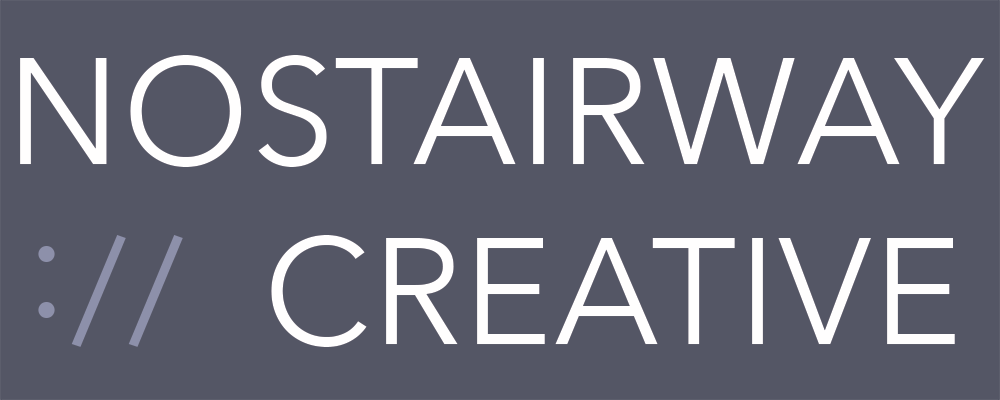Different types of documentary production
Another part of video and filmmaking that Nostairway is venturing into is that of documentary production, we have some things currently in pre-production, but we’re excited to get started on other projects as well. Documentaries are a great way to convey information in a creative way as a filmmaker, and a great way to learn new information as a viewer. They can cover a wide variety of topics, ranging from big issues like gun crime in the USA, to more personal, individual stories like the process of adopting a child.
We tend to think of documentary filmmaking as a whole genre, but within that large group of movies there are distinctly different styles. The documentary theorist Bill Nichols defined the 6 styles of documentary modes in ‘Introduction to Documentary‘ (2001). These modes were:
Expository
This documentary style tends to be what comes to mind first when we think of a documentary film. Their aim is to educate and inform the viewer on a specific subject, using visual elements accompanied by a voice over, often referred to as a ‘Voice of God’ narration. An example of this that everyone will recognise are the David Attenborough nature documentaries:
Observational
Observational documentary production, also known as cinema verité, direct cinema or fly-on-the-wall documentaries, does not aim to educate, but rather to show the truth. Documentary production of this kind aims for as much objectivity as possible, observing a person, group or situation, while interfering or interrupting as little as possible. They include little to no voice over or reenactments.
An example of this style of filmmaking is Children Underground (2001), a documentary about orphaned, homeless children in Romania.
Poetic
Poetic documentaries are a more experimental approach to documentary production, they focus less on narrative and structure, and more on the visual experience. They are often associated with avant-garde filmmaking, due to their artistic nature. They attempt to evoke a mood or feeling, rather than prove a point or teach a lesson. The most famous example of this sub-genre is probably Koyaanisqatsi (1982), which uses a combination of cityscapes and landscapes, with no narration or dialogue, to show how humans have grown apart from nature.
Participatory
As implied in the name, the filmmaker actively participates in this documentary production, interacting directing with the subject of the film. The filmmaker will often avoid influencing the subject, but may still approach it without total objectivity. This documentary mode has been made famous by Louis Theroux and Michael Moore.
Performative
Similarly to the Participatory mode, the filmmaker becomes an active part of the film on screen, but focuses more on their personal relationship to the subject, even becoming the subject. These rarely achieve, or seek out to achieve, objectivity, and instead want to show what the experience is really like. A very successful example of this is Super Size me (2004):
Reflexive
Reflexive documentaries are self aware, they admit that documentary production is incapable of complete objectivity and truth. Bill Nichols wrote that these encourage the viewer to “question the authenticity of documentary in general”. They will often show the production process and crew. The most commonly referenced example of this mode is surprisingly still a film from 1929, Man with a Movie Camera, defined by Sight and Sound as ‘the best documentary ever made’:
In part 2 we will discuss what goes into documentary production to ensure an engaging experience and intrigue the audience. In the meantime, if you have any documentary ideas that you would like to see come to life, contact Nostairway today for a chat and maybe we can work together in 2022.
As a video production company in London, we often get asked how much it would cost to produce a video ourselves. The truth is, with the right equipment and some know-how, you can save a lot of money by creating your own videos. Of course, there is an initial investment involved in purchasing the necessary equipment.
However, once you have your own set-up, the sky is the limit in terms of what you can create. And if you’re willing to put in the time to learn the ropes, you can start producing high-quality videos that will save you money in the long run. So if you’re looking to create video content on a budget, don’t be afraid to go DIY. With a little effort, you can create professional-grade videos that will help you save money and reach your target audience.


Recent Comments